The Other Digital Images: Vector, X-Ray, and Near Infrared
When I think of a digital image, what visualizes in my mind is usually a pixelated photograph taken, for some reason, decisively in the 1990s floating somewhere on the internet. Similarly, when we talk about digitization of art, we mean the conversion of artworks into information that can be processed by computers [1], but what we actually mean, for most of the times, is to take high-resolution visible-light color photographs of artworks and to present them not only digitally, but also, more significantly, online. Our project on the digitization of Japanese illuminated handscrolls starts off from the same position, but with the ambition to uncover more possibilities of digital representation of East Asian arts. For this blog post, I will look at the other digital images that have played a crucial role in the discipline of (East Asian) art history.
We can start this brief survey by rolling up to the top of this webpage and look to the left. Our first digital image consists of an assembly of geometrically perfect shapes of squares in different shades of light greens, neighbored by three rows of Latin letters rendered in a non-serif font in gray lines of uniform width that constitute the German word “Das digitale Bild.” It is the logo of the DFG Priority Program “The Digital Image,” and it is a vector graphic, i.e. mathematically defined lines and shapes rendered by computer [2]. Just as the pixilation of a raster photograph belies its digital origin (or transformations), the clean, neat, perfect-looking execution of geometric shapes in a vector illustration manifests it. It is the abstracted, idealized, or even interpretative representation of something messy, undefined, and unspecific, such as the undulating, dissembling color squares that resemble pixels in the logo, representing the digital image through both the content and the form.
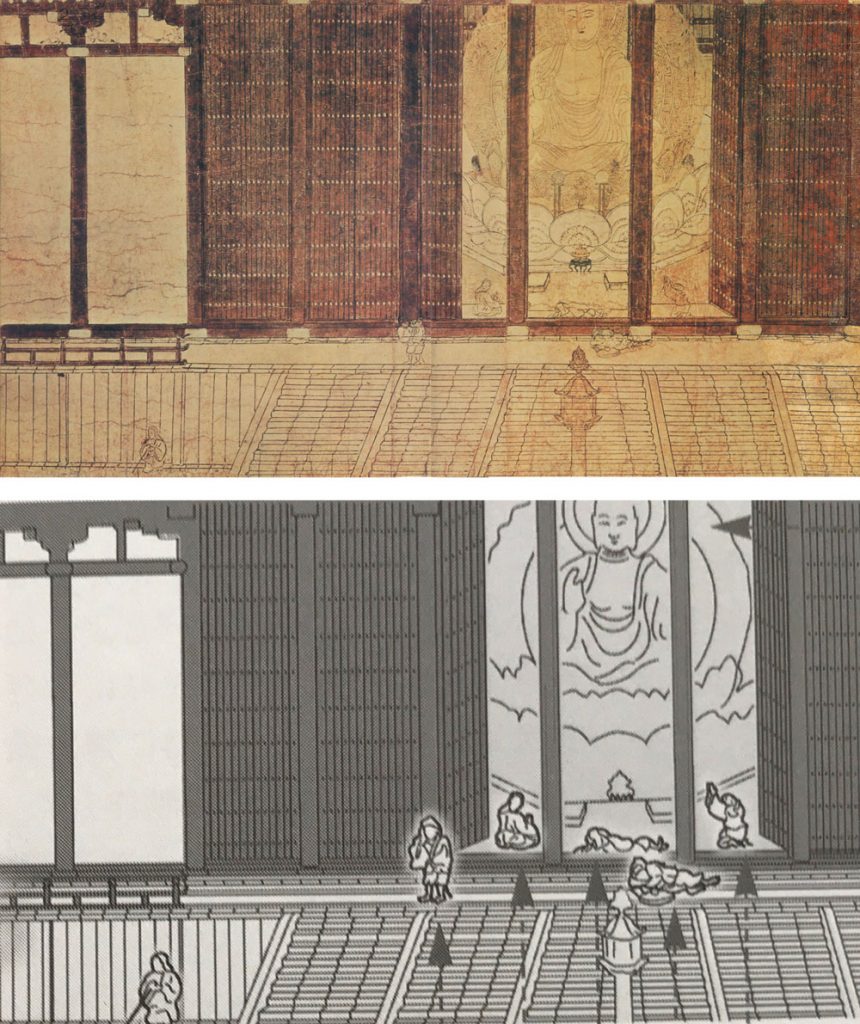
Unlike visible-light photographs that capture optical information mechanically, a line illustration involves the illustrator’s conscious selection of visual information, based on his/her prior knowledge and for a clear purpose: it highlights part of the original while omitting the rest, often in order to make a visual argument (Fig. 1). In the case above, thicker outlines and brightening outer glows are used in the line illustration to bring up the main protagonist, who appears five times within the same composition to indicate the passage of time. In the original, however, she looks less prominent in the busily lined and colored background that sometimes even overlaps with the depictions of her figure.
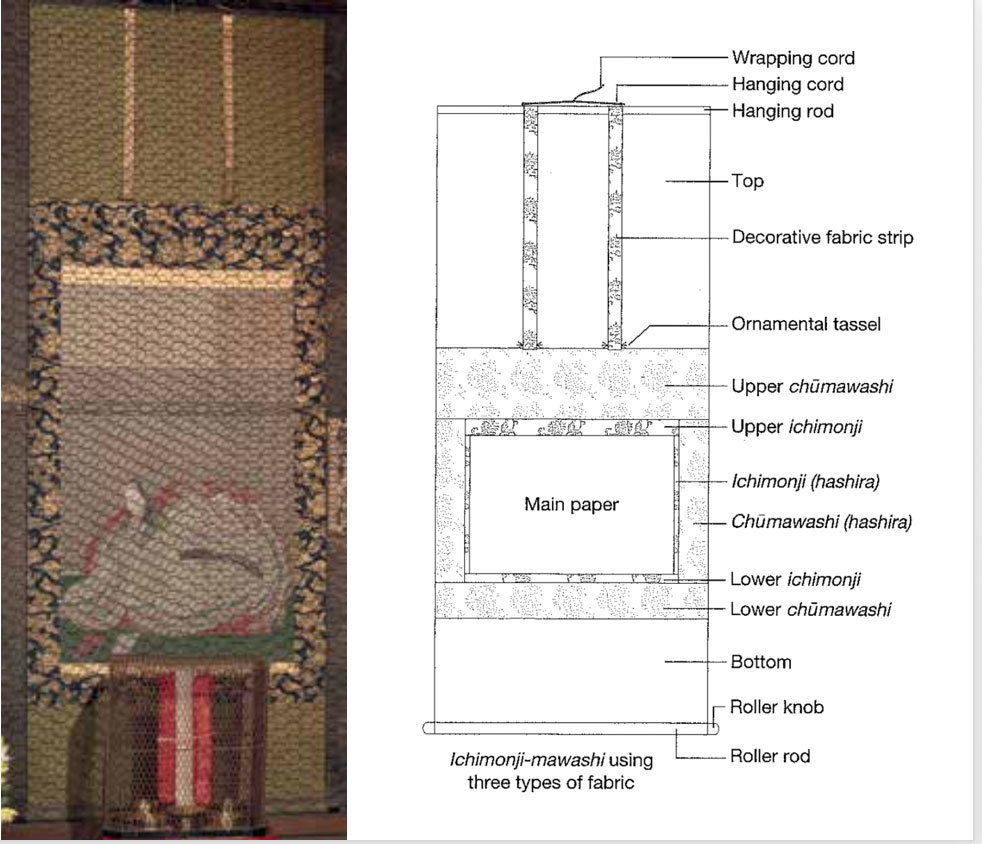
Line illustrations are also often used to visually demonstrate the form and constitution of a certain format, tool, style, or iconographic depiction in its most established and general form. There are always variations, deviations, and exceptions among specific examples, but a line illustration is meant to be a neutral and ideal representation of an image. If what a good photographic reproduction aims at is a closest replication of the ocular experiences through fidelity and excess of information captured, a line illustration aims for the opposite. It needs to be succinct, clean, sans any unnecessary detail or texture. The computer systems designed to generate vector graphics now execute digital curves according to their mathematical definitions with such precision that the “clean” look of neutrality and universality, visibly sought after even in the hand-drawn line illustrations (Fig. 2), can be so conveniently and satisfactorily achieved [3].
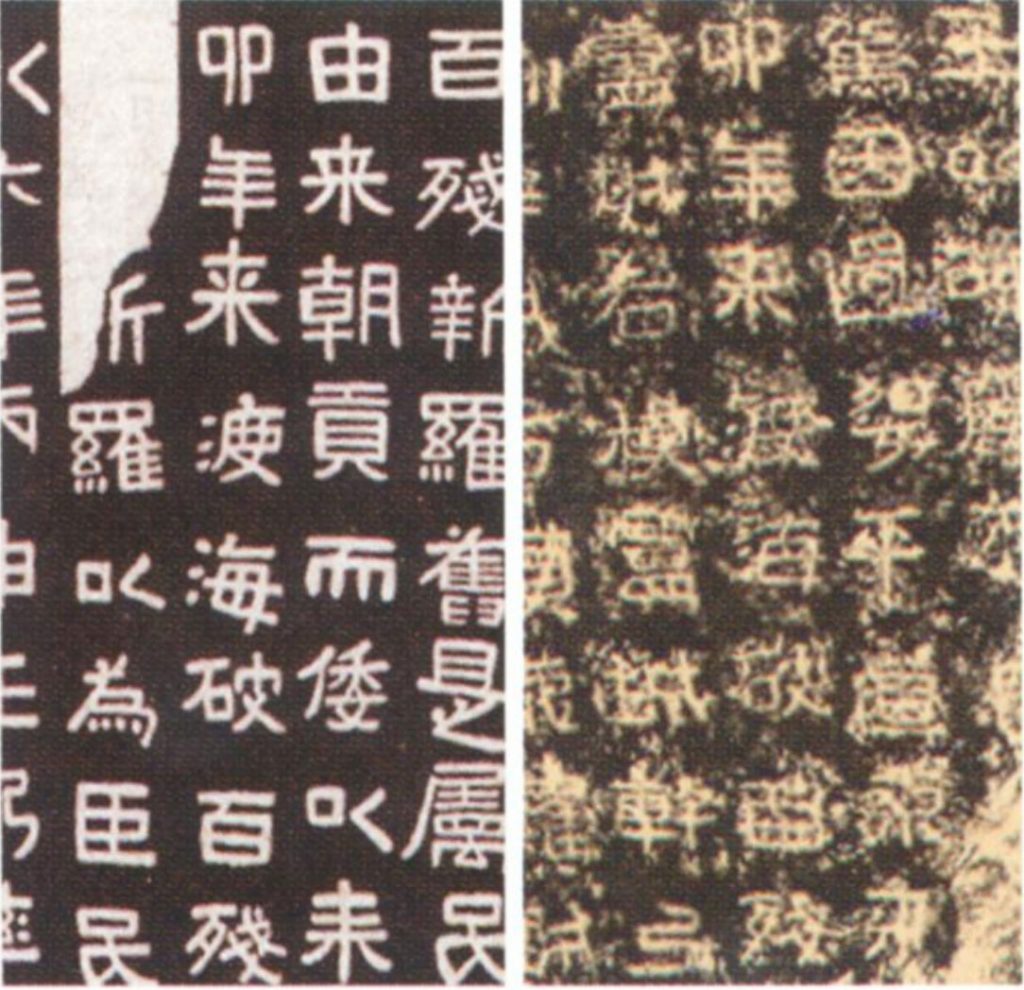
If the hand-drawn line illustration can be considered as the immediate analogue predecessor of vector graphics, we should then also give some thoughts to another manually reproductive technology in the East Asian context— the stone rubbing. A rubbing is an indexical negative copy of carved scripts or images produced from a sometimes very uneven rock surface by adhering a sheet of paper onto the wetted surface and by tapping the paper with a brush tool soaked in ink. Just like it requires the photographer to control the aperture, shutter speed, and other variables with the camera and in a darkroom to produce a legible photograph print, there are many issues the craftsman need to adjust when producing a rubbing, but the main ideas embedded in these two reproductive technologies are similar: the fidelity achieved through direct contact with the original, and the excess of recorded information through the non-selective mechanism of taking it in.
However, the rubbing does not transfer all the visual information onto paper as photography is capable of; it leaves out the unnecessary information such as colors, surface shapes and textures; it instead takes in more physical details that are not always visible but better facilitate the reading of the carved shapes (Fig. 3). In this case, a color photograph of even higher resolution would not necessarily help with larger redundancy of optically captured information. The potential of a digital image, nonetheless, is that even with a film photograph, the excessive information captured on it can always be edited, modified, and transformed in computer programs with ease, to bring out the significant parts and leave out the rest (Fig. 4).
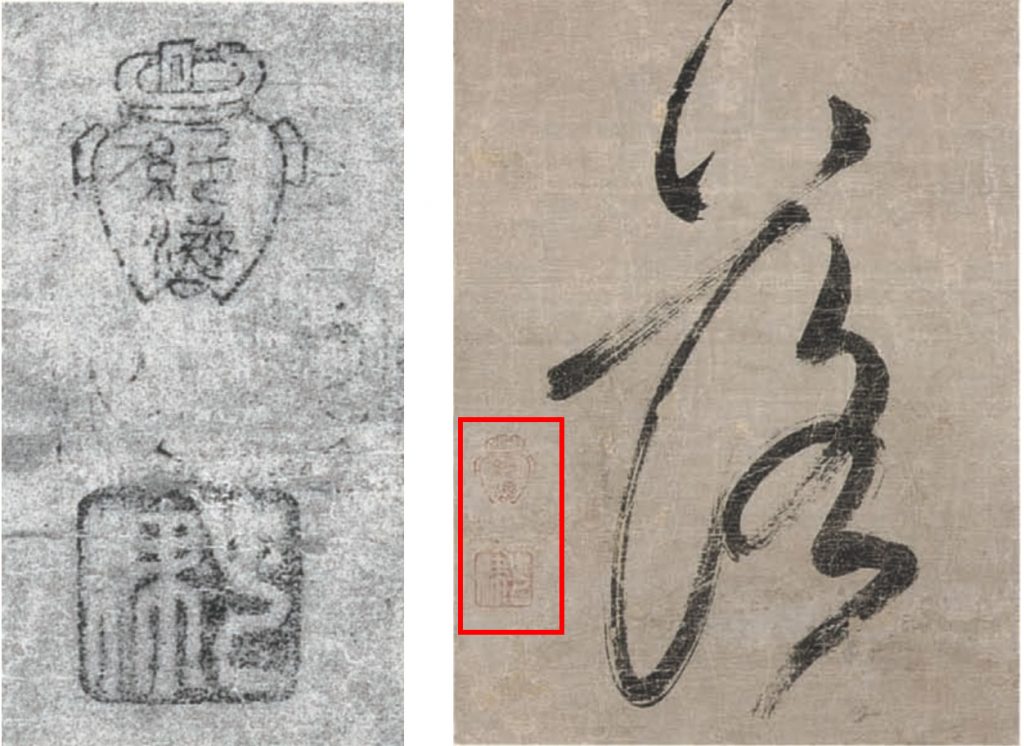
For rubbings, indexicality does not grant comprehensiveness in the information it takes up from the original, but only fidelity to a certain degree in the part it is designed to reproduce, i.e. the clear contours of the carved traces. Similarly, visible-light color photography is also designed to only capture very specific kinds of information from its subject, not weight, scent, or tactile details, for instance. It is designed to effectively capture, once again, only the optical information that recreates the human experience of looking with eyes in natural lights. That is also why visible-light photography is most often at the center of discussions about artwork digitization, since the latter’s main purpose is to facilitate the remote viewing of artworks as closely as that in presence [4].
In art preservation and history, optical and imaging tools that can visualize what would otherwise elude human eyes are also widely used. Companies specialized in art analysis nowadays offer a wide range of services from X-ray imaging and infrared reflectography that uncover the inner structures and underneath layers of an artefact, to multispectral imaging or X-ray fluorescence analysis that decides the chemical composition of different materials. These “other” kinds of artwork digitization also entered the public knowledge in recent decades, when hidden paintings and pentimenti were discovered under the artworks of star artists like Picasso and Monet. The discoveries usually took place during the restoration and did not necessarily require optical survey, but it was the infrared image or the X-ray photograph that had visualized such knowledge and that had captured the public attention. Through these imaging tools, besides the important information that aids research or preservation they provide, we do not only know of the existence of these under paintings, but actually see them.
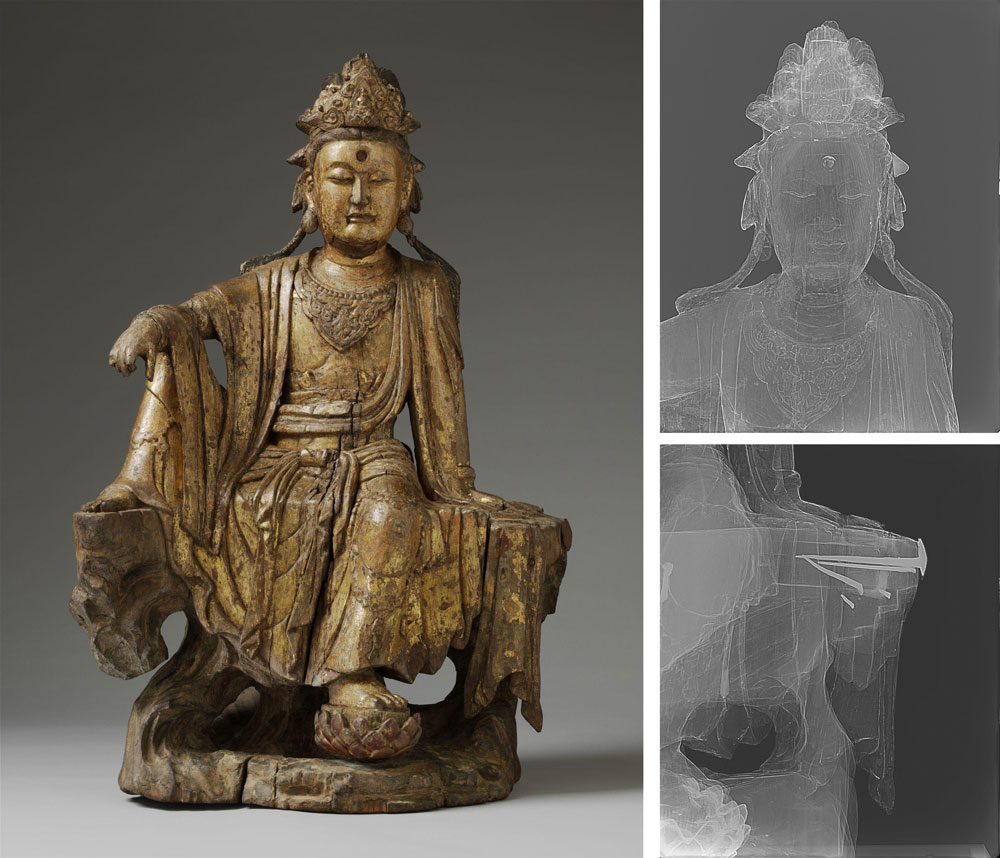
Today, images of non-natural-light photography, when pertinent, are included as part of the presentable result of some art digitizing projects (Fig. 5). In the Report of the Optical Survey of an early-fourteenth-century masterpiece of Japanese art, The Illustrated Handscrolls of the Miracles the Kasuga Deity, a grandiose set of twenty scrolls brushed on silk with color pigments, metallic paints, and ink, various kinds of digital images are mobilized together to accomplish a rich, informative presentation of the artwork: high-resolution visible-light photography, reflected and transmitted near infrared photography, X-ray fluorescence analysis of the pigments presented in diagrams and line illustrations (Fig. 6). In this process of converting an artwork into computer-workable data that we have defined as digitization, different imaging tools are designed to intake and generate different kinds of information from and about the original. What is most essential in this process, however, is not just the sheer variety or amount of the data. Similar to drafting a line illustration for an artwork, it is the very conscious choices made by researchers, restorationists, and online curators in the usage, selection, and manipulation of this digitized information, based on their specialized knowledge and for clearly defined purposes, that result in meaningful digital representations of an artwork.
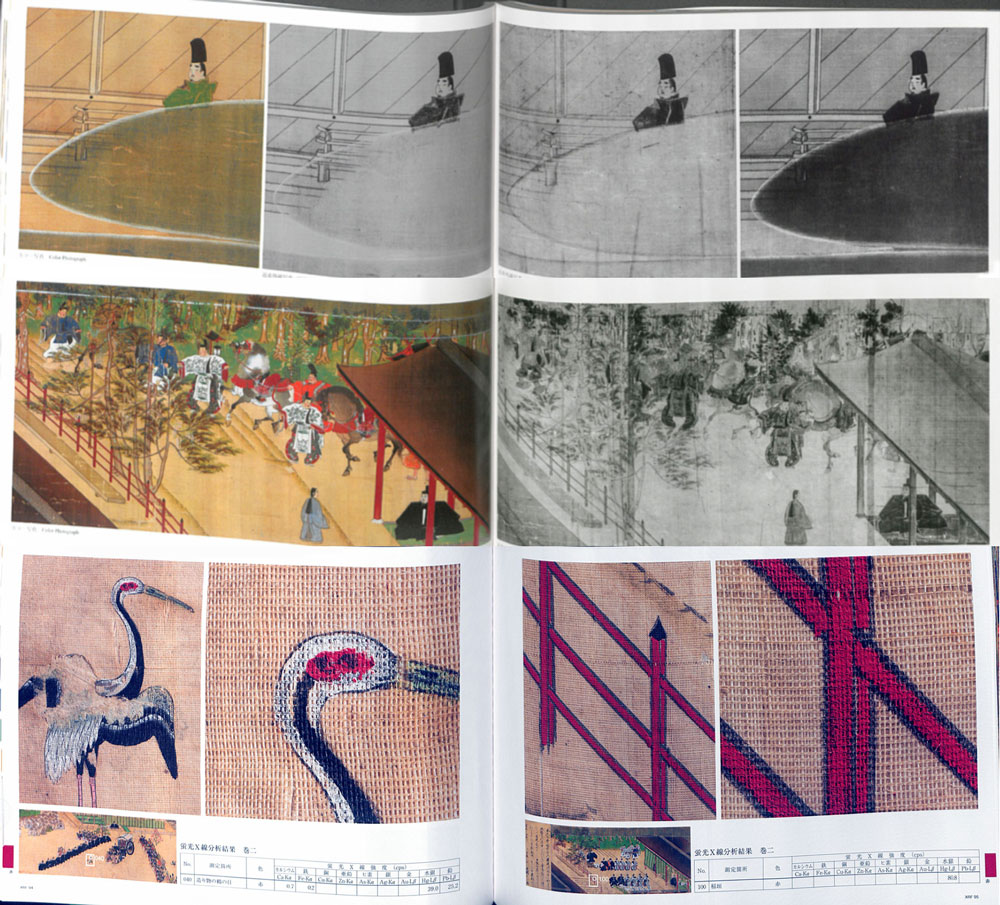
Footnotes:
[1] Marisa Enhuber, “Art, Space and Technology: How the Digitisation and Digitalisation of Art Space Affect the Consumption of Art—a Critical Approach,” Digital Creativity 26, no. 2 (2015): 123.
[2] The analogue equivalents of vector curves go back to the hand drawn lines by designers with pens, compasses, curving rules, and other drafting tools. For a survey of tools for hand drawing, see Maya Hambly, Drawing Instruments, 1580-1980 (London: Sotheby’s Publications, 1988). For how engineers Pierre Bézier and Paul de Casteljau incorporated their study of hand drawing methods of designers into their mathematical models for drawing digital curves, i.e. the Bézier curves, see Fernando Díaz Moreno, “Hand Drawing in the Definition of the First Digital Curves,” Nexus Network Journal 22, no. 3 (2020): 755–775.
[3] For a comparison of visual characteristics of a manual stroke and a digital trace, based on Bézier and de Casteliau’s solution, see Moreno, “Hand Drawing in Digital Curves,” 762–3.
[4] Hence the discussion of digitization of art spaces. See Enhuber, “Art, space and Tecnology.” Also, Melissa Terras, “Should we just send a copy? Digitisation, Usefulness, Users,” Art Libraries Journal 35, no. 1 (2010): 22–7.
Schreibe einen Kommentar
Du musst angemeldet sein, um einen Kommentar abzugeben.